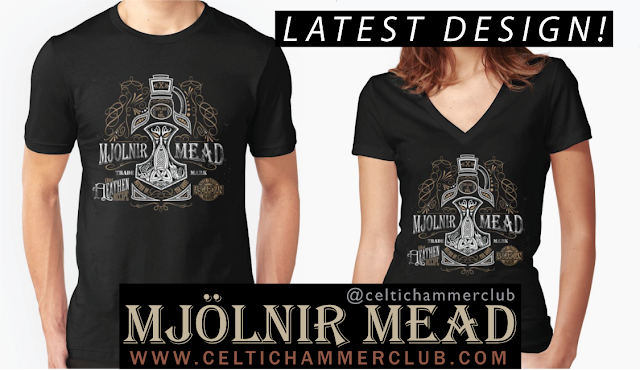Most are familiar with Thor, god of thunder, and his war hammer, Mjölnir, but from whence did this mighty, magical mallet materialize?
Mjölnir was forged by two bristly dwarf brothers who lived deep in the caverns of the dwarf homeland, Svartalfheim.
The dwarf brothers, Sindri and Brokkr, were exceptional metal workers, and they are responsible for the creation of several magical items throughout Norse mythology. Unfortunately for the brothers, the notorious trickster god, Loki, paid them a visit and taunted the poor brothers. They were going about their dwarf lives not bothering anyone, and Loki decides to start talking trash about how they can’t make stuff as good as the other dwarves , and the stuff they do make is crap, and on and on. Loki even went so far as to bet his own head on the fact that the brothers could not manufacture a single piece worth a jotun’s dung!




















